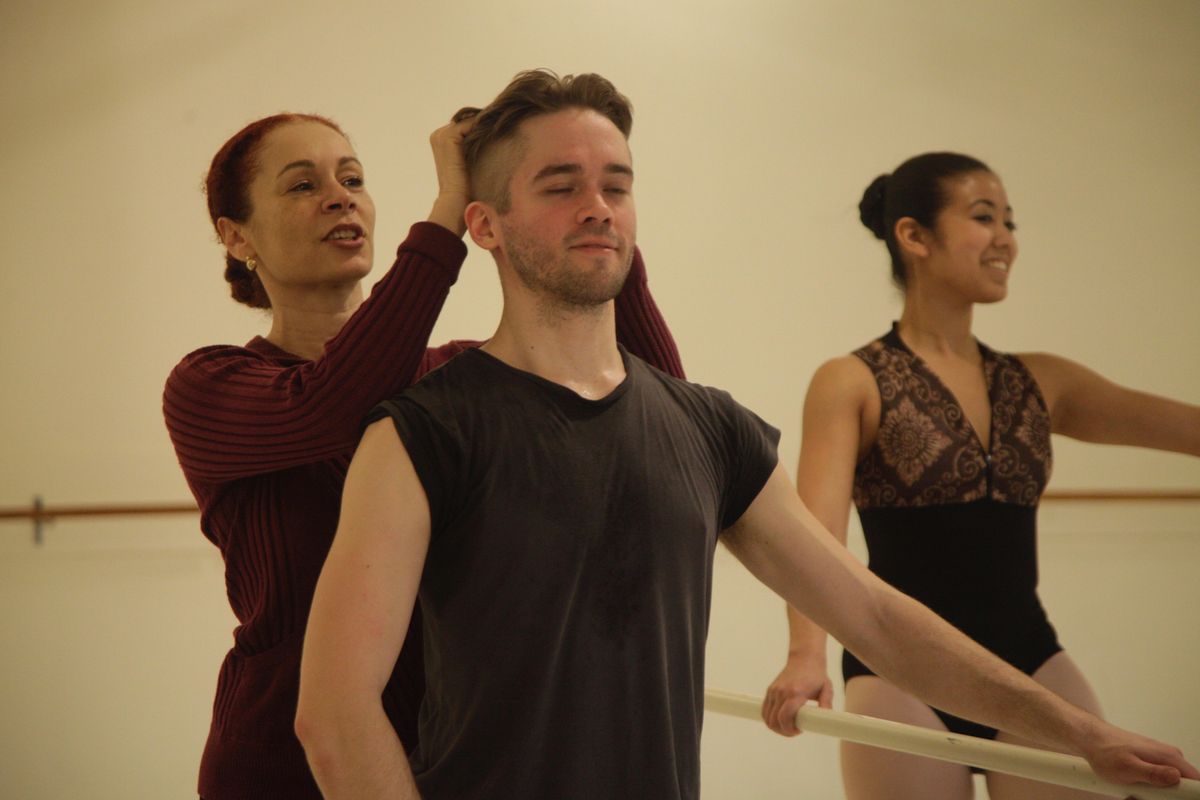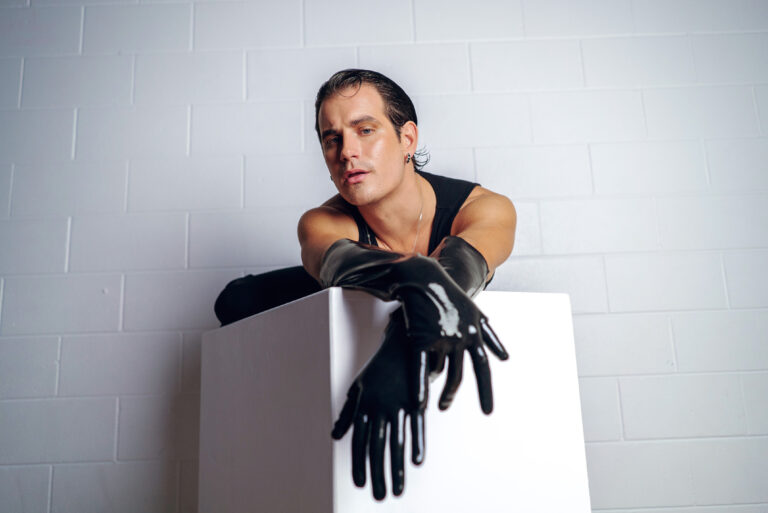
Carole Alexis has been enduring the life-altering after-effects of COVID-19 since April 2020. For months on end, the Ballet des Amériques director struggled with fevers, tingling, dizziness and fatigue. Strange bruising showed up on her skin, along with the return of her (long dormant) asthma, plus word loss and stuttering.
“For three days I would experience relief from the fever—then, boom—it would come back worse than before,” Alexis says. “I would go into a room and not know why I was there.” Despite the remission of some symptoms, the fatigue and other debilitating side effects have endured to this day. Alexis is part of a tens-of-thousands-member club nobody wants to be part of—she is a COVID-19 long-hauler.
The state of Alexis’ health changes from day to day, and in true dance-teacher fashion, she works through both the good and the terrible. “I tend to be strong because dance made me that way,” she says. “It creates incredibly resilient people.” This summer, as New York City began to ease restrictions, she pushed through her exhaustion and took her company to the docks in Long Island City, where they could take class outdoors. “We used natural barres under the beauty of the sky,” Alexis says. “Without walls there were no limits, and the dancers were filled with emotion in their sneakers.”
These classes led to an outdoor show for the Ballet des Amériques company—equipped with masks and a socially distanced audience. Since Phase 4 reopening in July, her students are back in the studio in Westchester, New York, under strict COVID-19 guidelines. “We’re very safe and protective of our students,” she says. “We were, long before I got sick. I’m responsible for someone’s child.”
Alexis says this commitment to follow the rules has stemmed, in part, from the lessons she’s learned from ballet. “Dance has given me the spirit of discipline,” she says. “Breaking the rules is not being creative, it’s being insubordinate. We can all find creativity elsewhere.”
Here, Alexis shares how she’s helping her students through the pandemic—physically and emotionally—and getting through it herself.
How she counteracts mask fatigue:
“Our dancers can take short breaks during class. They can go outside on the sidewalk to breathe for a moment without their mask before coming back in. I’m very proud of them for adapting.”
Her go-to warm-up for teaching:
“I first use a jump rope (also mandatory for my students), and follow with a full-body workout from the 7 Minute Workout app, preceding a barre au sol [floor barre] with injury-prevention exercises and dynamic stretching.”
How she helps dancers manage their emotions during this time:
“Dancers come into my office to let go of stress. We talk about their frustration with not hugging their friends, we talk about the election, whatever is on their minds. Sometimes in class we will stop and take 15 minutes to let them talk about how their families are doing and make jokes, then we go back to pliés. The young people are very worried. You can see it in their eyes. We have to give them hope, laughter and work.”
Her favorite teaching attire:
“I change my training clothes in accordance with the mood of my body. That said, I love teaching in the Gaynor Minden Women’s Microtech warm-up dance pants in all available colors, with long-sleeve leotards. For shoes, I wear the Adult “Boost” dance sneaker in pink or black. Because I have long days of work, I often wear the Repetto Boots d’échauffement for a few exercises to relax my feet.”
How she coped during the initial difficult months of her illness:
“I live across from the Empire State Building. It was lit red with the heartbeat of New York, and it put me in the consciousness of others suffering. I saw ambulances, one after another, on their way to the hospital. I broke thinking of all the people losing someone while I looked through my window. I thought about essential workers, all those incredible people. I thought about why dance isn’t essential and the work we needed to do to make it such. Then I got a puppy, to focus on another life rather than staying wrapped in my own depression. It lifted my spirit. Thinking about your own problems never gets you through them.”
The foods she can’t live without:
“I must have seafood and vegetables. It is in my DNA to love such things—my ancestors were always by the ocean.”
Recommended viewing:
“I recommend dancers watch as many full-length ballets as possible, and avoid snippets of dance out of context. My ultimate recommendation is the film of La Bayadère by Rudolf Nureyev. The cast includes the most incredible étoiles: Isabelle Guérin, Élisabeth Platel, Laurent Hilaire, Jean-Marie Didière, who were once the students of the revolutionary Claude Bessy.”
Her ideal day off:
“I have three: one is to explore a new destination, town, forest or hiking trail; another is a lazy day at home; and the third, an important one that I miss due to the pandemic, is to go to the Cathedral of Saint John the Divine, where my soul feels renewed by the sermons and the music.”




